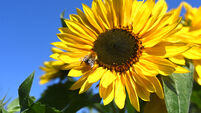Foraging in Ireland: A feast or fatal mistake?
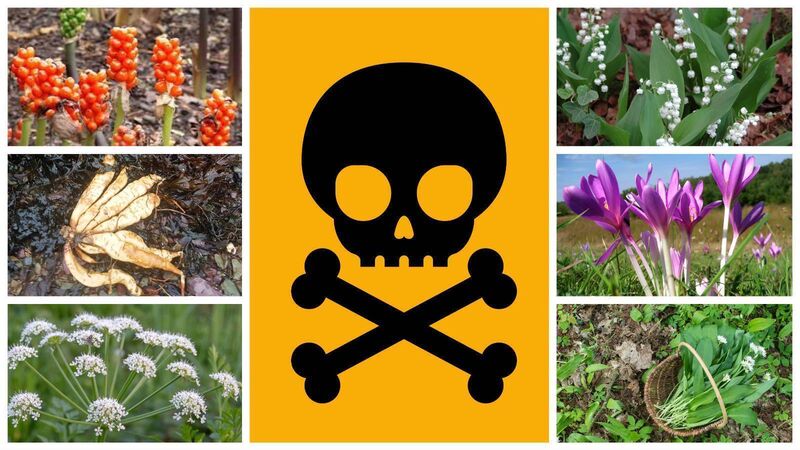
Dr Michelle McKeown: "While many wild plants are delicious and nutritious, others are, frankly, out to get you. Some of the most poisonous species in Ireland look uncannily like their edible cousins."
There’s a certain smug satisfaction that comes with plucking something green and leafy from the wild, popping it into your basket, and imagining you’re some mix of Bear Grylls and Nigella Lawson.
Foraging has become fashionable in Ireland, with chefs sprinkling wild garlic flowers on everything from sourdough to sea bass, and Instagram awash with shots of bramble jams and nettle soups. It’s wholesome, sustainable, and free.
However, Ireland’s hedgerows and woodlands are not a supermarket. There are no labels, no helpful assistants, and no loyalty points, unless you count nettle stings as a sort of Mother Nature 'thank you for shopping with us'.
And while many wild plants are delicious and nutritious, others are, frankly, out to get you. Some of the most poisonous species in Ireland look uncannily like their edible cousins. Get it wrong, and your rustic wild pesto could become your final meal.
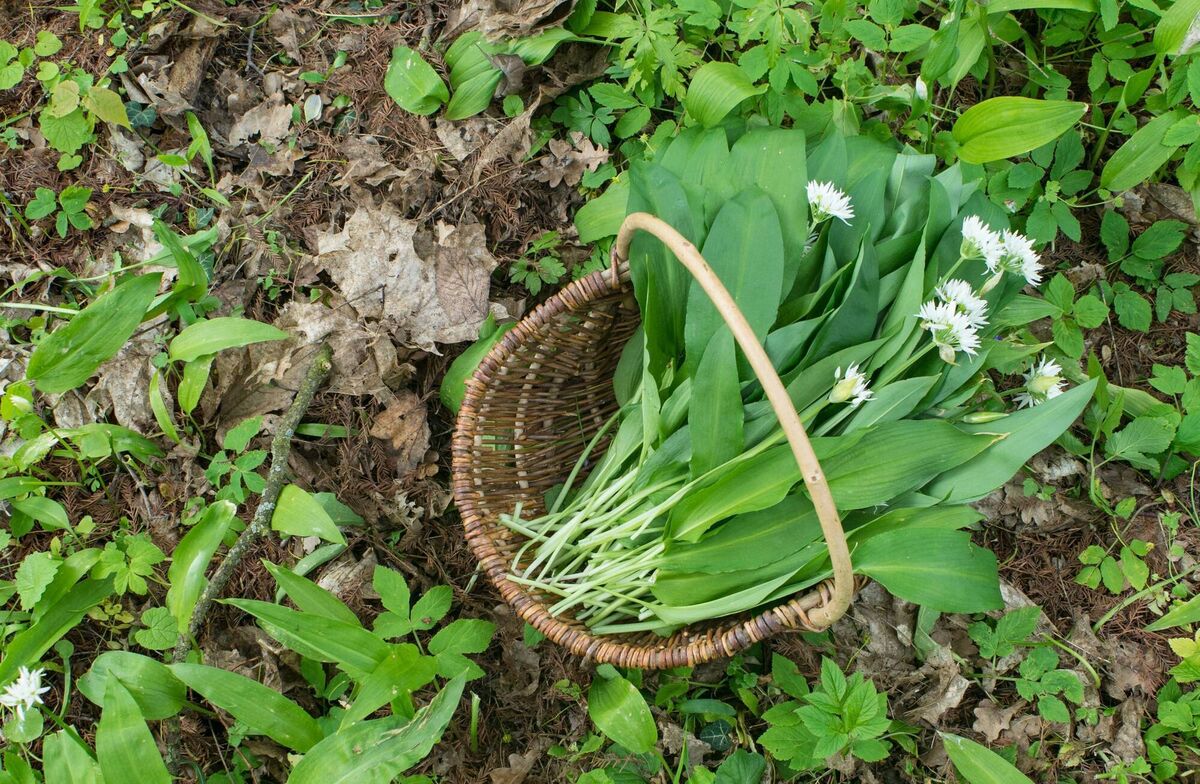
Let’s start with the poster child of Irish foraging wild garlic (Allium ursinum). In spring, the woodland floor is carpeted with its broad green leaves, and the air is infused with that unmistakable garlicky whiff. Perfect for pesto, soup, or impressing your dinner guests with “this is just something I just knocked up from the woods”.
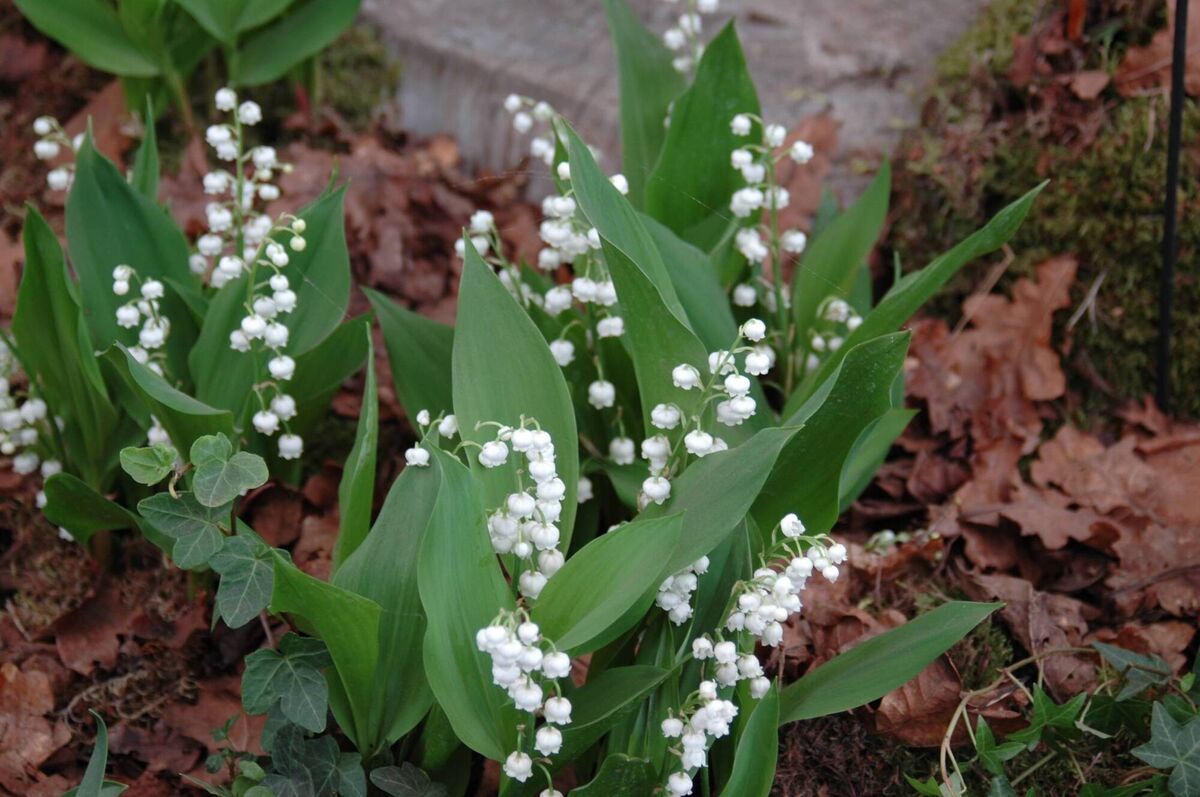
But wild garlic’s innocent leaves grow side by side with some very sinister neighbours. Chief among them is lily of the valley (Convallaria majalis), a plant so toxic it could flatten you with just a nibble. The leaves are eerily similar — but unlike wild garlic, lily of the valley doesn’t smell of garlic. That’s your first test, always crush the leaf and check for that pungent scent. Forget, and you’ll be seasoning yourself with cardiac glycosides.
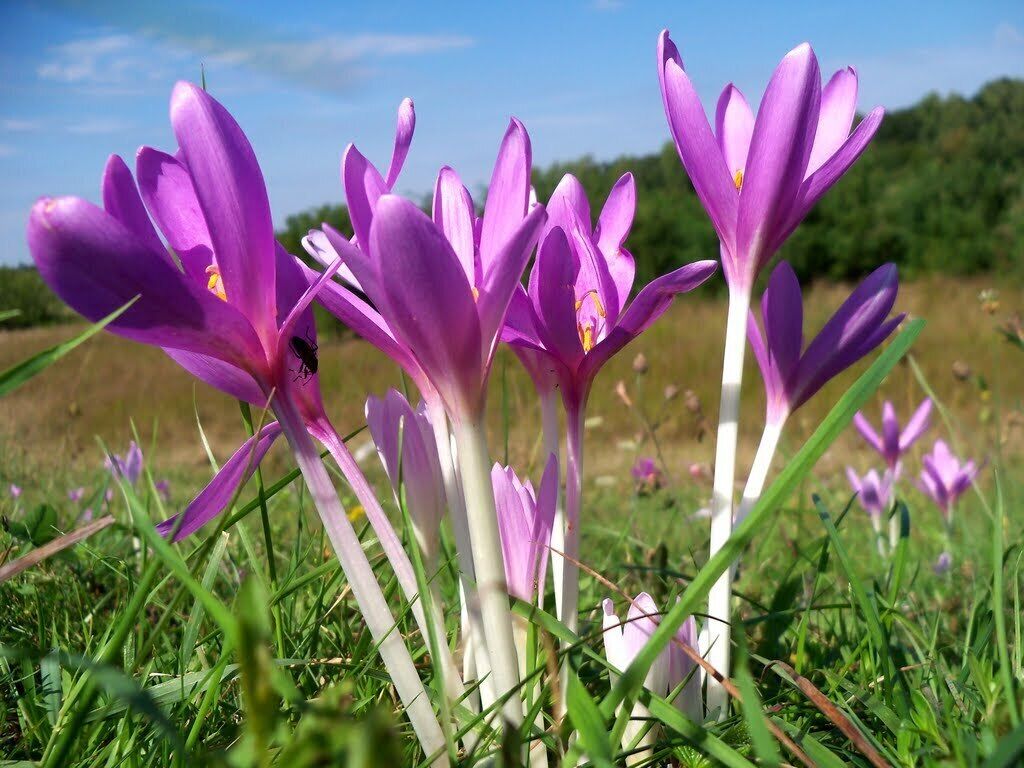
Another villain in the line-up is autumn crocus (Colchicum autumnale), also called meadow saffron. It looks leafy and lush in spring, but it contains colchicine... a poison with no known antidote. It has been responsible for fatal foraging mistakes across Europe. Again, no garlic pong, just danger dressed in green.
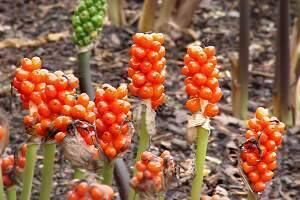
Then there’s lords-and-ladies (Arum maculatum). The young leaves can easily be mistaken for wild garlic or even sorrel. Bite into one raw, however, and you’ll soon discover the burning, acrid crystals of calcium oxalate, guaranteed to give you a throat that feels like sandpaper. Not deadly, but deeply unpleasant.
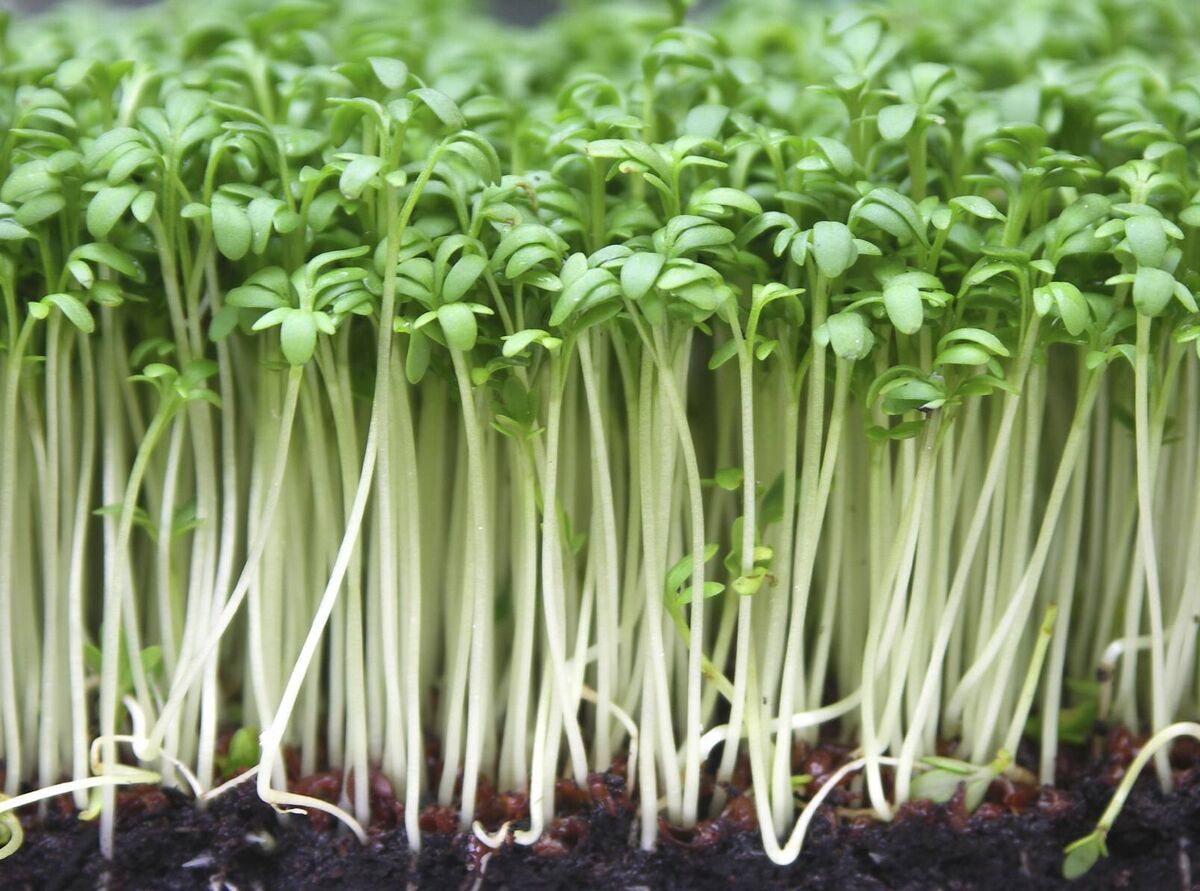
And let’s not forget the water family. Watercress (Nasturtium officinale) is a peppery delight, but get it mixed up with hemlock water-dropwort (Oenanthe crocata), and you’ve picked one of the most poisonous plants in Europe. Known in parts of Ireland as 'dead man’s fingers' thanks to its eerie root shape, a mouthful is enough to cause violent convulsions and, often, death. It’s the botanical equivalent of Russian roulette.
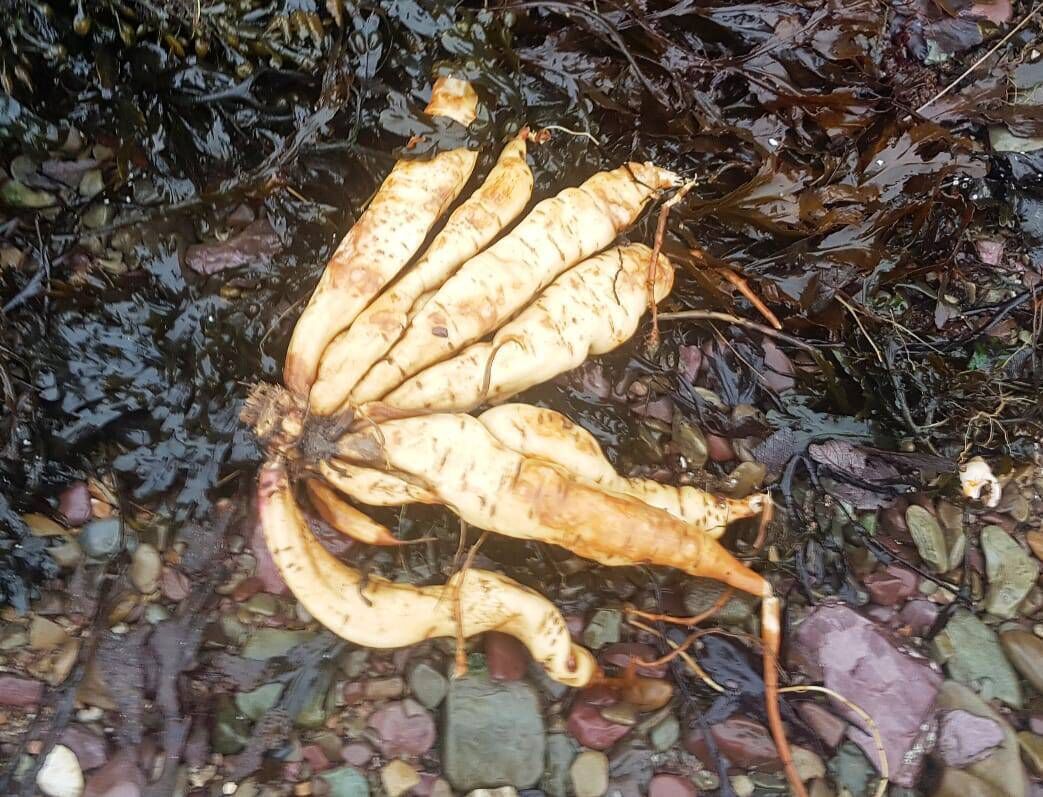
Nature, it seems, has a dark sense of humour. Ireland’s wild plants can be sneaky, with toxic species often looking frustratingly similar to their edible neighbours. It’s not that plants are playing pranks, more that nature’s packed with lookalikes thanks to shared habitats and evolutionary quirks. Toxic plants such as lily of the valley or hemlock water-dropwort often grow right alongside wild garlic or watercress, their leaves blending in like botanical impostors.
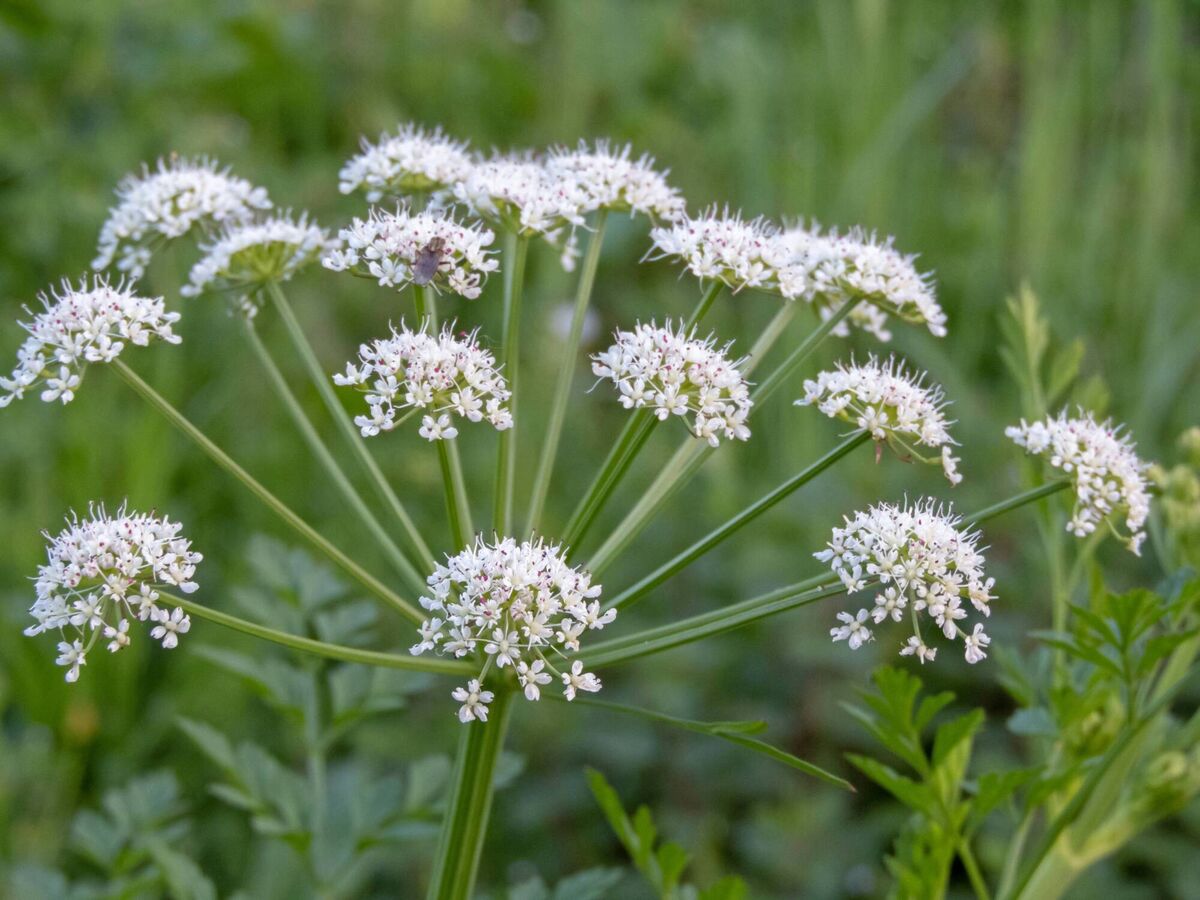
For novice foragers armed with a half-remembered TikTok video or a blurry field guide, this could be a recipe for trouble.
Ireland’s lush, damp climate only adds to the chaos, creating a vibrant mix of edible treasures and poisonous traps in the same hedgerows, woodlands, and riverbanks. Stay sharp, or that wild salad might bite back.
So, how do you embrace Ireland’s wild pantry without becoming its next cautionary tale? A few golden rules will keep you safe:
A. If in doubt, leave it out. Never, ever eat a plant unless you’re 100% certain of its identity. 99% sure isn’t enough.
B. Use all your senses. Look, smell, and even feel the texture. Wild garlic will smell like garlic. If it doesn’t, put it down.
C. Learn one plant at a time. Instead of trying to memorise a whole hedgerow, focus on one species and really get to know it across the seasons.
D. Avoid roadside pickings. Exhaust fumes, dog walkers, and pesticides make for a less-than-organic garnish.
E. Respect the law and the land. Foraging is permitted in Ireland for personal use, but not in protected habitats or in a way that damages the plant population. Always leave plenty behind for wildlife.
Don’t let this catalogue of botanical villains put you off. Plenty of wild Irish plants are unmistakable, easy to identify, and utterly delicious.
- Nettles are a superfood in disguise, full of iron and vitamins, and their sting disappears once cooked.
- Blackberries, elderflowers, and sloes are the stuff of cordials, wines, and jams.
- Hawthorn blossoms make a fragrant tea;
- Dandelion leaves perk up a salad.
Foraging connects us to landscapes in a way that supermarket aisles never will. You begin to notice the rhythm of the seasons: the first nettle shoots of spring, the elderflowers of June, the hedgerows dripping with fruit in September.
Still, let’s be clear: foraging is not a game of chance. Mistakes can be costly, and in the worst cases, fatal.
The bottom line? Respect the plants, respect your limits, and if you can’t tell your wild garlic from your deadly lily of the valley, maybe stick to the blackberries. Just remember, in the great supermarket of nature, there are no refunds.







